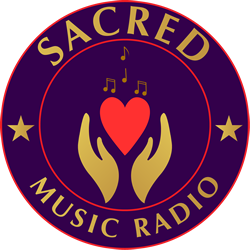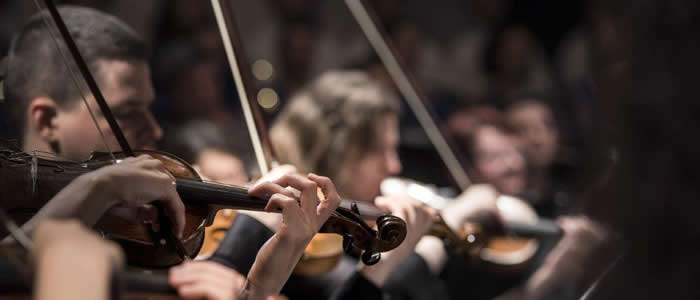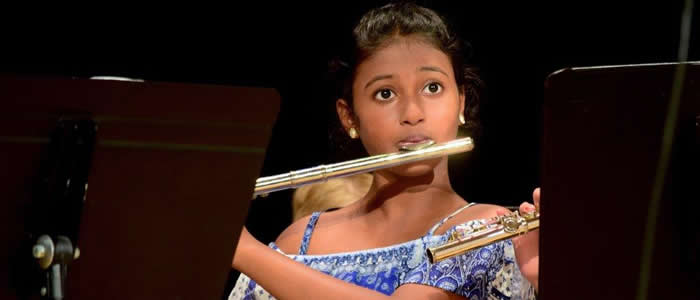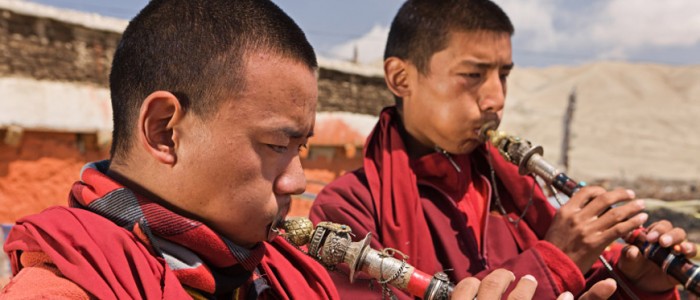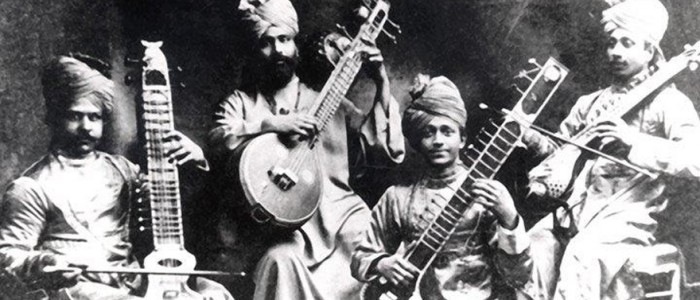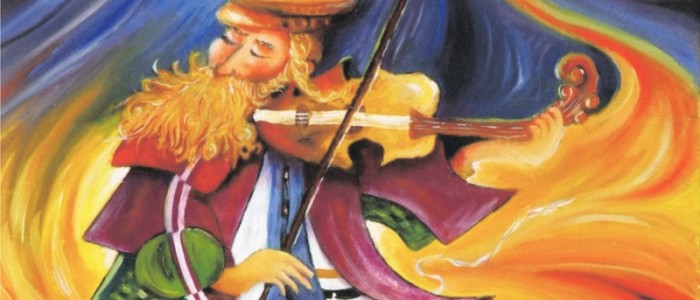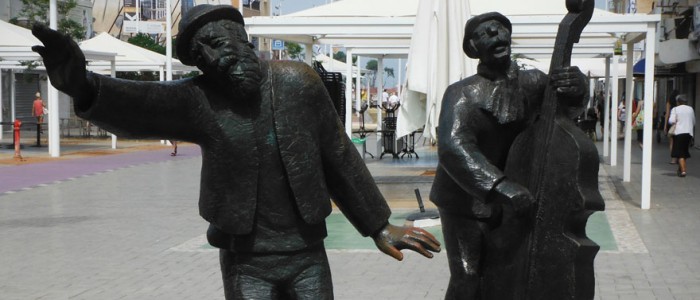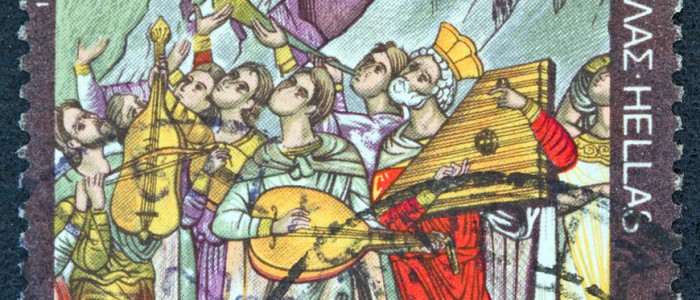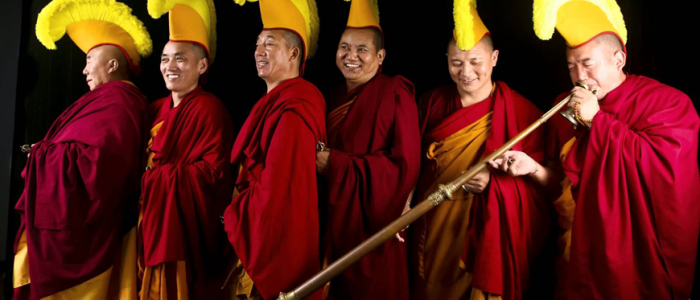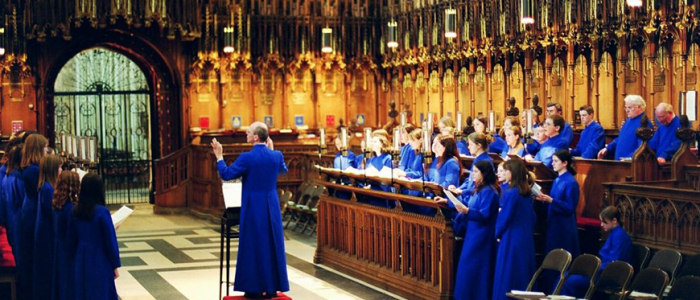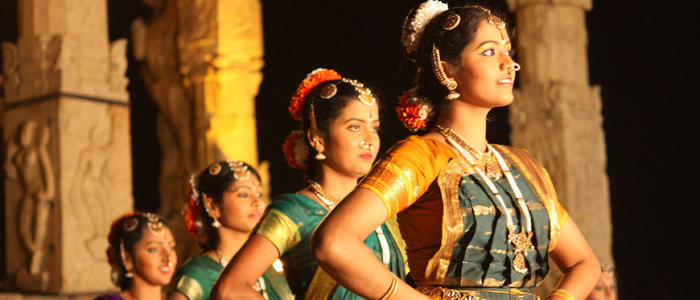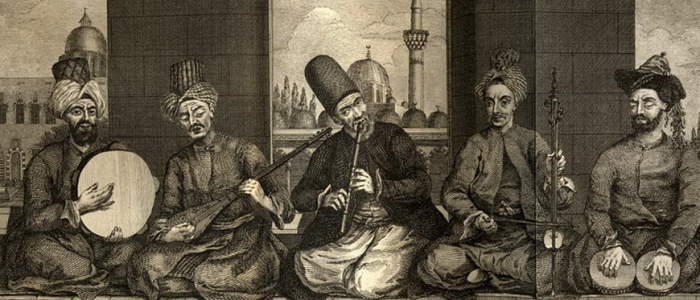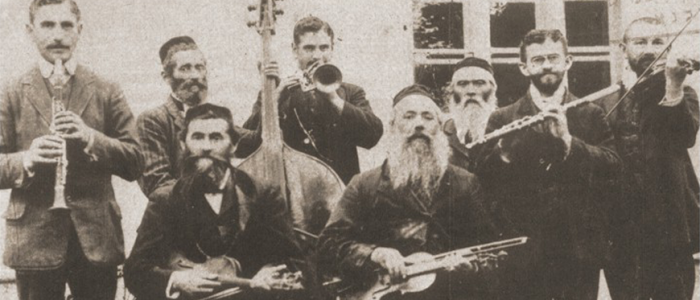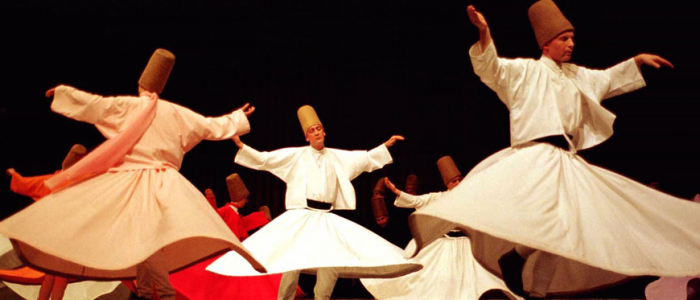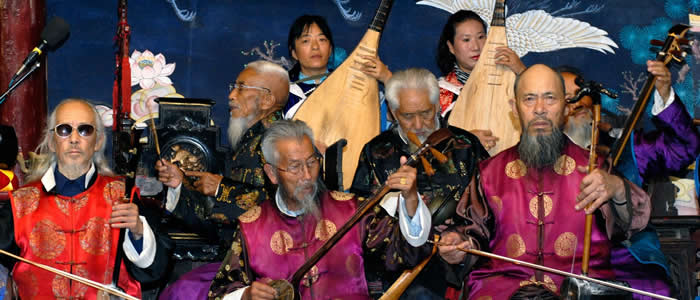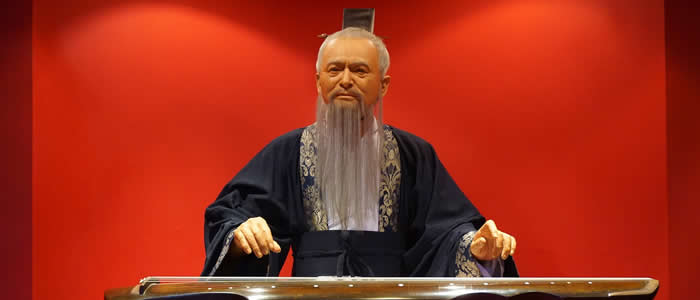Welcome to Sacred Music Radio.
We created Sacred Music Radio so that we can all be inspired and enjoy the beauty of each other’s music and appreciate other religions. It is a part of The Abrahamic Reunion England (Charity number 1177751) dedicated to providing education, inspiration and action to promote inter-religious harmony in our multi-faith society, especially in the Holy Land.
We feature music from all the religions of the world as well as music not directly connected with any religion. We continually receive positive feedback which has encouraged us to work to expand our reach, that is why we are appealing for donations and purchases. See our Twitter site https://twitter.com/Gifts2Peace

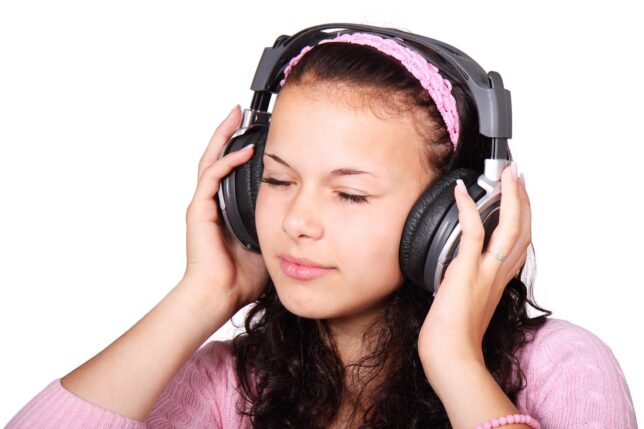
Listen to your favourite sacred music tracks now. FRIENDS of Sacred Music Radio can now make unlimited requests 24/7.
Relax and enjoy healing music from around the world and let your tensions float away.
To support us please visit our become a friend page and subscribe.
……………………………………………………………………………….
